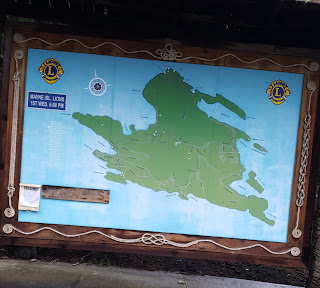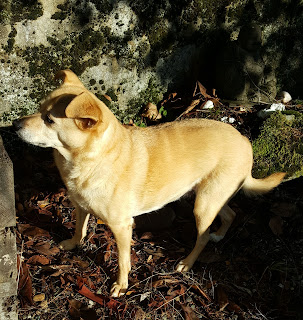I've been published a few times, and I'm working on being published a few more. Now I'll share everything I know about making that happen. Everything--or at least try to.
photo by ldyck
How to be a Published Author
1)There
are two types of writers...
Writers
who write for fun
Writers
who write for profit
As
you work to build a career in writing, don’t forget to keep writing
fun.
2)What
do writers who write for profit do?
-develop
their craft
-build
a readership
-study
the publishing industry
-network
with others in the publishing industry
3)There
are two types of publishing
self-publishing
(authors who publish themselves)
traditional
publishing (authors who are published by a publishing house)
4)What
are some of the benefits and challenges of self-publishing?
Benefits
You
are in charge
You
decide who will work with you on your book
(editor(s),
book cover designer, printer, etc.)
You
decide when the book will be published
Challenges
You’re
in charge of financing
You’re
in charge of marketing
Marketing
is not solely a concern for the self-published. Traditionally
published authors are expected to work in partnership with
their publishing house to market their books.
Marketing101
5)What
are some of the benefits and challenges of being published by a
publishing house?
Benefits
-the
publishing house pays you and everyone else that is involved with
publishing your book
-you
work with a team of professionals to publish and market your book
Challenges
-you
must send your manuscript to a publishing house and wait for them to
decide what they will do with it. They could accept it which is
glorious. They could reject it which is painful.
6)How
do you decide what publisher to contact?
-look
on your bookshelf—what publisher do you read?
-visit
your favourite bookstore—what books appeal to you the most?
-visit
websites like publishers’ weekly
-read
magazines like Quill and Quire: Canada’s magazine of book news and
reviews
-network
with others in the publishing industry by attending writing events
like Word Vancouver
7)How
do you know to whom to send your manuscript?
Visit
the publisher’s website and read the submission page
8)Should
you send the publisher a chapter-by-chapter outline or a synopsis?
How many sample pages should you send?
Visit
the publisher’s website and read the submission page.
9)What
is a cover letter?
A
cover letter briefly describes
your
manuscript (title, genre, word count, target reader)
and
you
(hit
the highlights)
10)What
is a synopsis?
A
synopsis is a summary of your manuscript. A tight focus should be
kept on your main character. Show their growth during the story.
11)Keep
careful records of where you sent your manuscript and when. I use a
binder.
12)
How long will you have to wait for a reply?
Visit
the publisher’s website and read the submission page.
13)What
can you do while you wait for a reply?
-network
with others in the publishing industry
-study
the publishing industry
-build
a readership by, for example, participating in open-mic nights or
building a blog
-develop
your writing craft by taking a writing course or actively reading a good book
To
be an active reader, write a book review of the books you enjoyed
reading
-keep
writing
-send
other manuscripts to other publishers
-send
the same manuscript to other publishers
Most
publishers allow simultaneous submissions—and I highly recommend
it.
This week...
I enjoyed listening to Tom Powers's interview with Henry Winkler this week.
On this Blog in December
Sunday, December 8
Do You Write Every Day? (short story)
Dreams help keep me motivated. This short story was inspired by one.
Sunday, December 15
Playing the Cello (short story)
The cello stands in the corner, waiting to sing her song. Who will help her sing it? This short story was inspired by a friend's relationship with her cello.
Sunday, December 22
Carry Me Home (children's story)
Mitten happily rests beside his brother in the girl's pocket, but then he falls... It's cold... It's dark... Who will help Mitten get home?
Sunday, December 24
Alone for Christmas (short story)
During this time of joy, of merriment... When we gather with friends and family, it's important to remember those who are socially isolated.
Sunday, December 29
Holiday Office Party (short story)
Especially for spouses, Christmas parties can be challenging. What do you say to people you barely know but who may be important to your husband's career?









